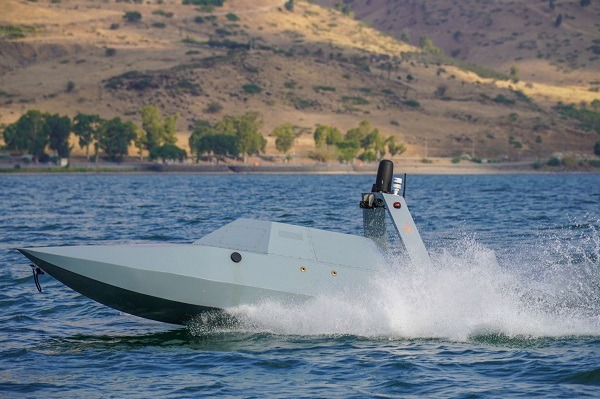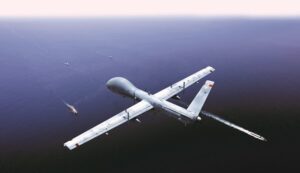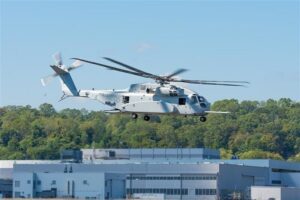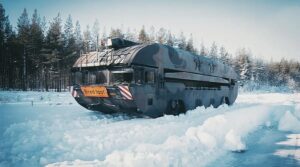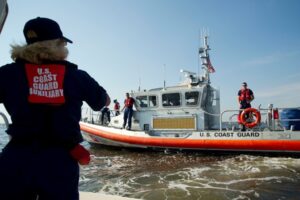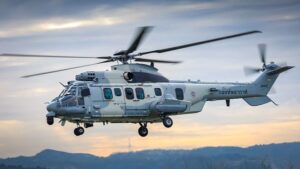The company’s first vessels- Bull Shark (USV) and Stingray (UUV) – introduce software-defined, mission-adaptive capabilities across surface and sub-surface domains
Skana Robotics, a defense-tech company founded by veterans of naval special operations and robotics experts, is introducing the first two platforms of its new class of autonomous maritime systems: the Bull Shark (Autonomous Surface Vessel) and the Stingray (Autonomous Underwater Vessel). These platforms represent a shift toward software-defined, scalable, and operationally flexible naval assets, engineered for teaming with both manned and unmanned systems across distributed maritime operations. With initial orders already secured, Skana is entering the next phase of scaling deployment with operational partners worldwide.
Developed with a focus on mass production, flexibility, and NATO-standard integration, the new platforms are designed to extend naval presence while minimizing logistical footprint and cost. All Skana systems are designed to evolve through code and enable seamless interoperability with existing legacy fleets and allied systems.
Skana’s production methodology removes traditional barriers to naval expansion, enabling allied nations to deploy thousands of autonomous vessels without relying on shipyards or cumbersome manufacturing processes that compromise mission effectiveness. This approach redefines how maritime resilience can be achieved at scale and what a truly self-sustained force structure looks like.
The Bull Shark is a tactical ASV designed for multiple missions including ISR and interdiction. It features a scalable design, a payload capacity of up to 150kg, and functions as a communications hub to coordinate multiple surface and sub-surface assets.
The Stingray is a loitering AUV designed for ISR, ASW, and infrastructure protection in complex underwater terrains. It supports autonomous underwater navigation, seabed anchoring, silent standby and reactivation mode. It offers a standard 24-hour battery life, extendable through battery module, and can be launched from a designated underwater docking station, submarines, patrol boats, or other Skana or Naval vessels.
At the heart of Skana’s unmanned fleet is SeaSphere, Skana’s resource allocation and mission planning engine, and Vera, a proprietary ROS2-based mission execution and supervision layer. Vera translates fleet-wide directives into localized autonomous actions, adapting to environmental changes in real time. This architecture enables distributed command, unmanned-unmanned collaboration, and real-time teaming with manned platforms.
“The maritime domain demands autonomy that can survive complexity, adapt instantly, and operate without compromise,” said Idan Levy, Co-Founder and CEO of Skana Robotics. “We are making advanced autonomous capabilities accessible and scalable, enabling wide deployment and synergy between systems. Our ecosystem of vessels and technologies supports real-time data sharing, modular reconfiguration, and both fully autonomous and remotely operated missions, offering navies unmatched operational resilience, adaptability, and flexibility.”
DSEI UK, September 9-12 2025, Booth N11-100

